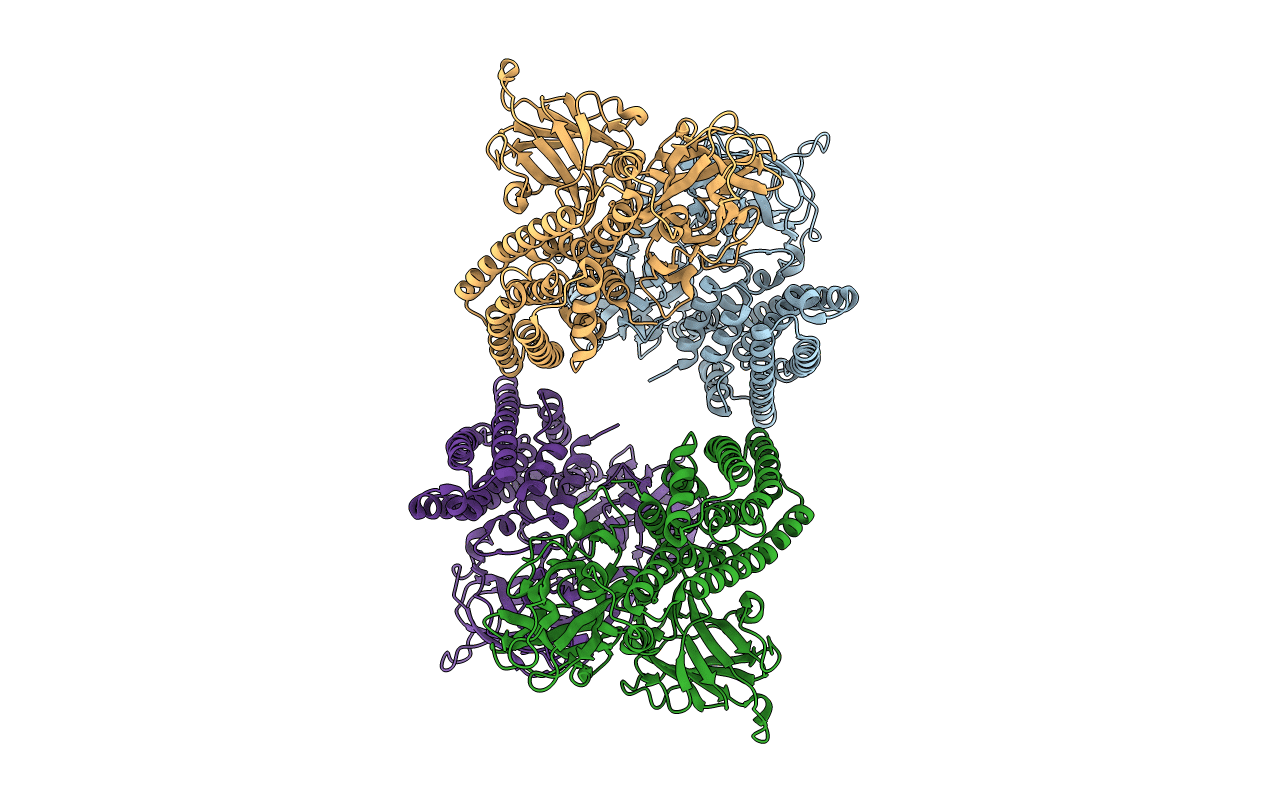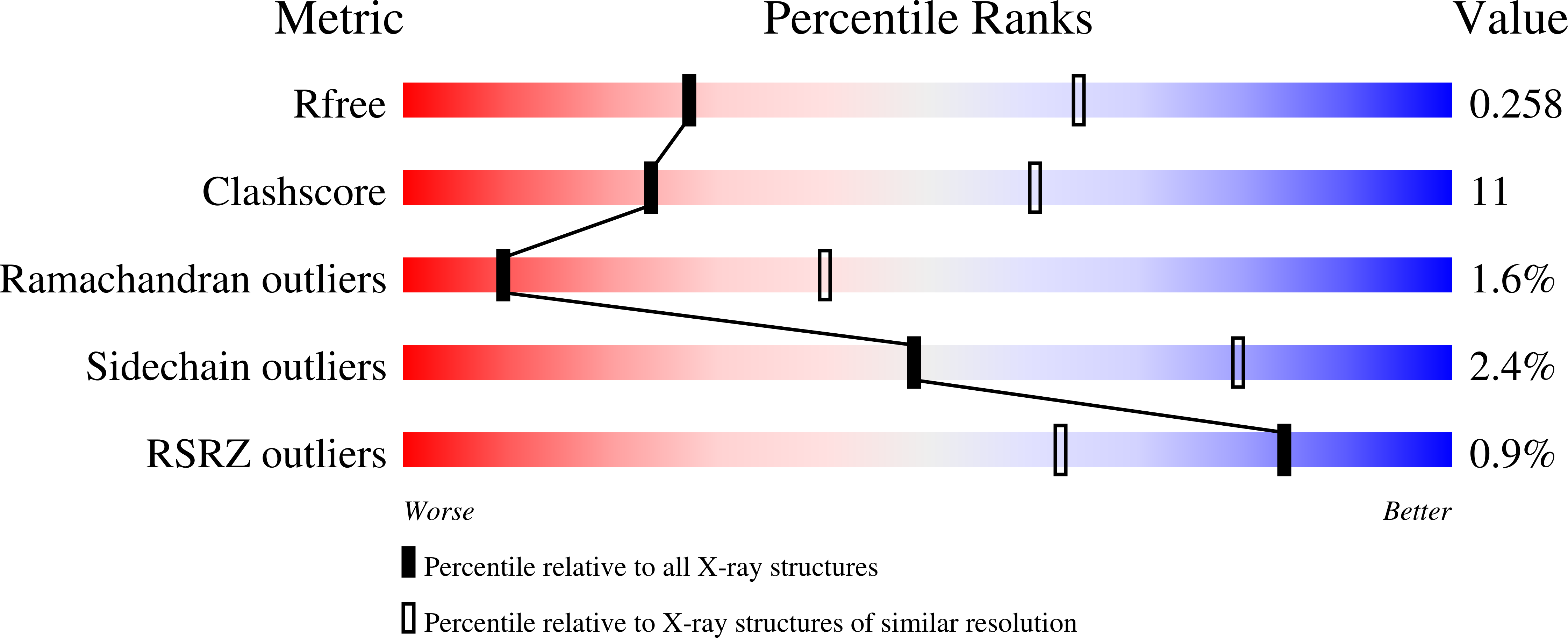
Deposition Date
2020-04-27
Release Date
2021-03-17
Last Version Date
2023-10-18
Entry Detail
PDB ID:
6WPC
Keywords:
Title:
Crystal structure of Bacillus thuringiensis Cry1A.2 tryptic core variant
Biological Source:
Source Organism:
Bacillus thuringiensis (Taxon ID: 1428)
Host Organism:
Method Details:
Experimental Method:
Resolution:
2.99 Å
R-Value Free:
0.25
R-Value Work:
0.19
R-Value Observed:
0.20
Space Group:
C 2 2 21


